JODOROWSKY’S DUNE. The most important sci-fi movie never made
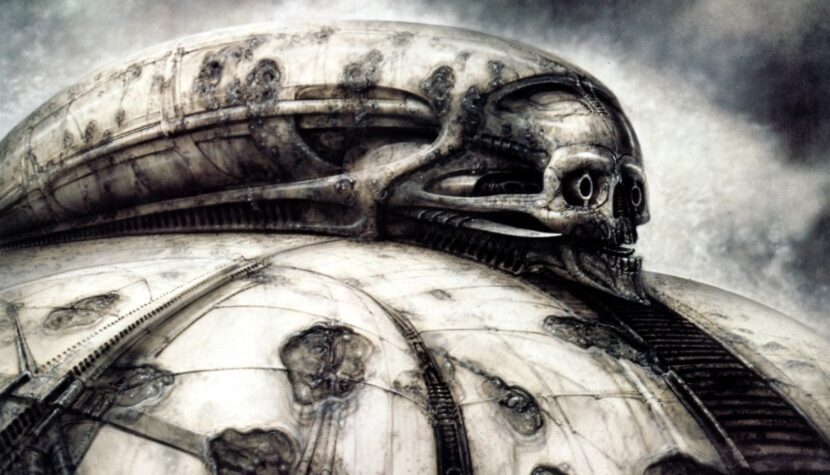
His El Topo turned out to be one of the most important “midnight movies” in cinema history, and The Holy Mountain gained a reputation as one of the strangest films ever made.
Even John Lennon openly admitted to being fascinated by Jodorowsky‘s films. The scandalous Chilean filmmaker was thus the subject of much discussion. In 1974, Jodorowsky was asked about what film he would like to make next. His answer was Dune, based on Frank Herbert’s classic novel. In hindsight, we know that Jodorowsky’s project never came to fruition. The film crew failed to secure financial support from any studio willing to put up the required fifteen million dollars. Frank Pavich’s Jodorowsky’s Dune is a documentary tale of the “greatest unmade film in cinema history,” a story that is truly incredible.

Pavich stays behind the camera, his questions unheard. The main protagonist of this story is, of course, Jodorowsky himself, who with great honesty, humor, and directness recounts the times he spent working on Dune. Other people involved in the project, as well as friends and admirers of his work, also appear. Among them is Nicolas Winding Refn, who, during a dinner at Jodorowsky’s home, had the privilege (as he recalls) of “watching” this film. Jodorowsky spent the night going through the Dune project with him (including a complete storyboard) and explaining how he planned to shoot each scene. Refn stated that if Dune had been made, it would have been simply fantastic.

The Dane’s words are not spoken in vain. Jodorowsky’s project is utterly extraordinary. When he decided to make Dune, the director had never read Herbert’s book. He had heard about it from a friend and only considered spending a few moments on it. Therefore, the decision to make it was purely intuitive. After reading Herbert’s prose, Jodorowsky had no doubt it was a bull’s-eye.
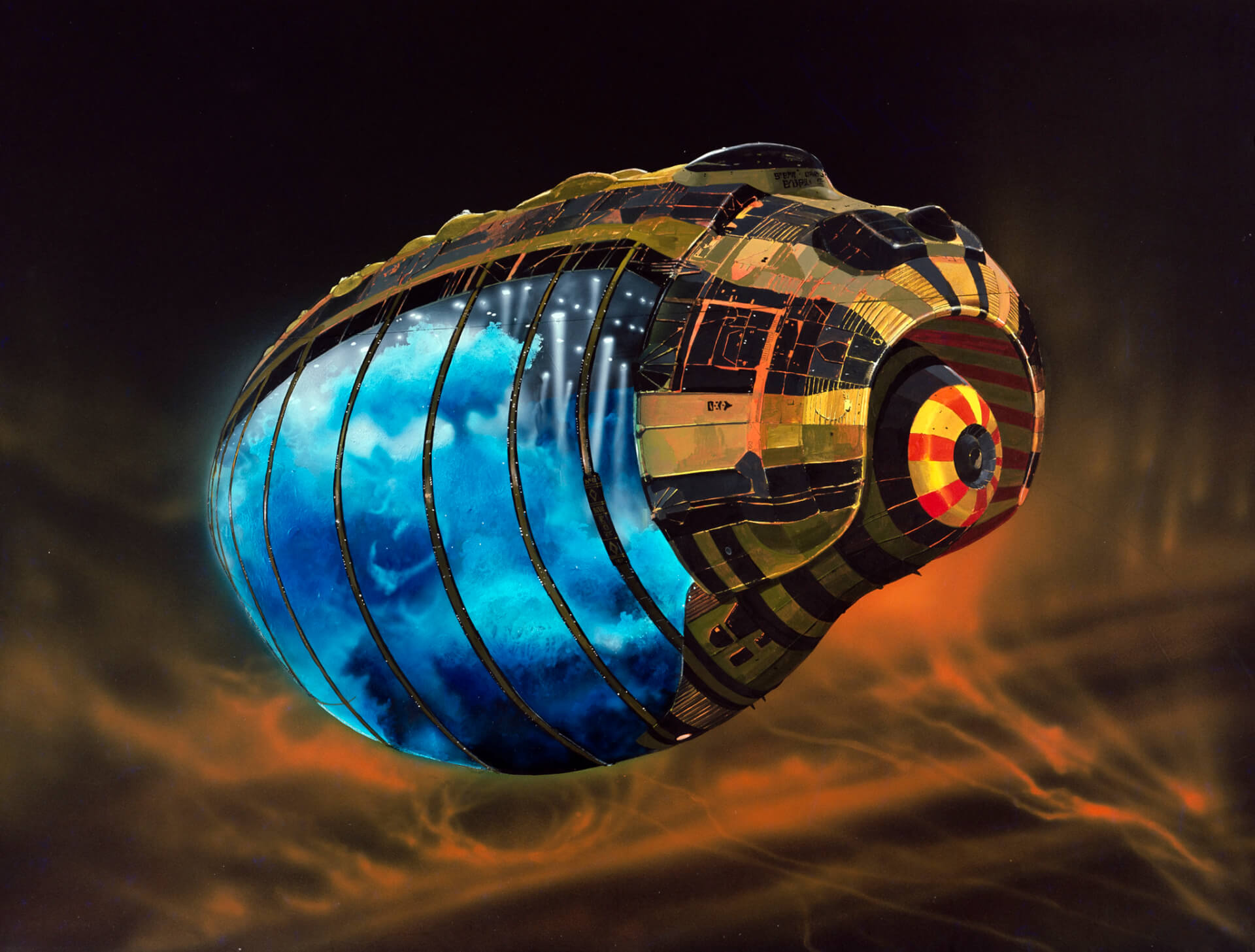
The first person to join his team was Jean Giraud (Moebius), a renowned French illustrator and comic book creator. Jodorowsky stumbled upon one of his works by chance and coincidentally met him in the studio. The men immediately decided to collaborate. Douglas Trumbull, known for his work on Kubrick’s 2001: A Space Odyssey, was supposed to handle the special effects. Trumbull became interested in Jodorowsky’s project, but after a brief conversation, Jodorowsky decided not to work with him because he felt Trumbull focused too much on the technique and wasn’t the right fit for the “warrior of light.” Ultimately, Dan O’Bannon was responsible for the effects. However, assembling this trio was just the modest beginning of the madness.
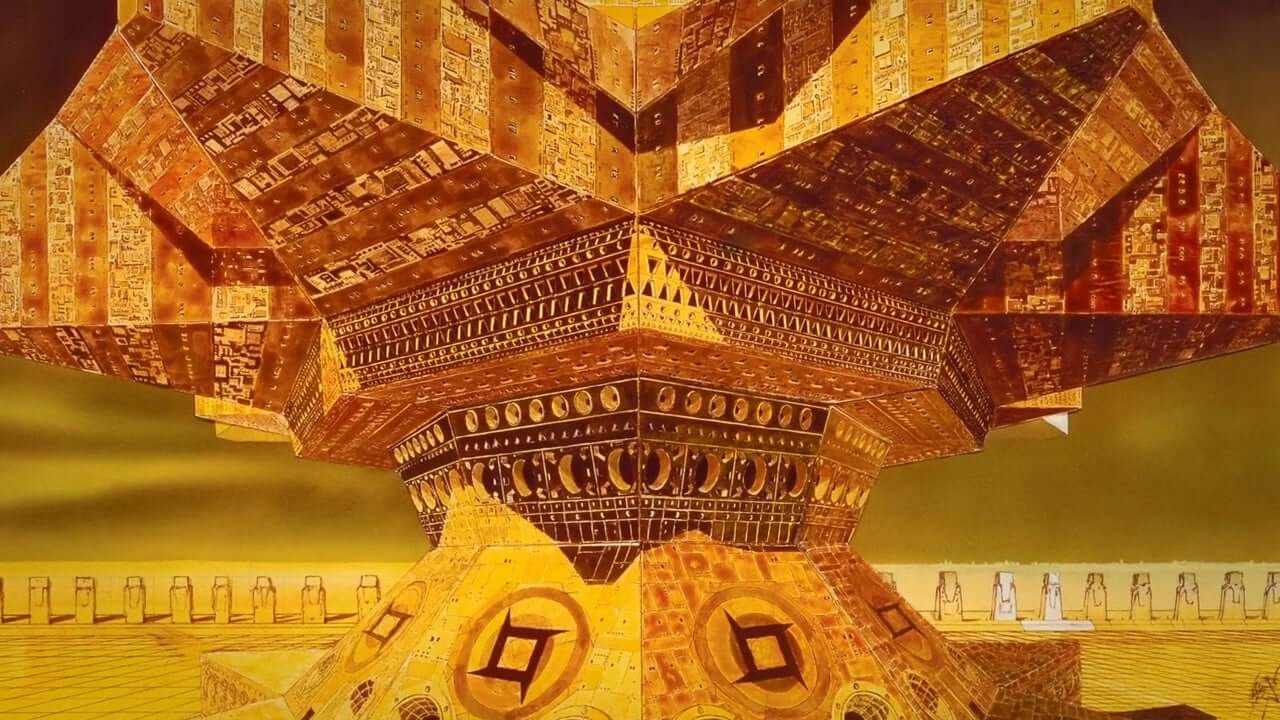
In the further pre-production phase, Jodorowsky convinced Mick Jagger to join the project as one of the actors. He engaged him after a chance encounter at a party, and Jagger agreed without much hesitation. In one of the American fast-food restaurants, Jodorowsky cursed out the members of the Pink Floyd band, who, instead of being interested in his proposal, were eating hamburgers. After Jodorowsky’s outburst, Waters, Gilmour, and company agreed to collaborate. Salvador Dali also boarded Dune, with the condition that he be the highest-paid actor in history. Since his character was supposed to appear in the film for only three to five minutes, the film’s producer (Michel Seydoux) came up with the idea that Dali would receive one hundred thousand dollars for each minute of screen time. The painter was ecstatic. Orson Welles was to play the role of Baron Harkonnen and agreed to Jodorowsky’s proposal only because he promised him unlimited catering from his favorite restaurant on set. H.R. Giger, the creator of Alien, and Chris Foss, a legend of British illustration, also agreed to collaborate.
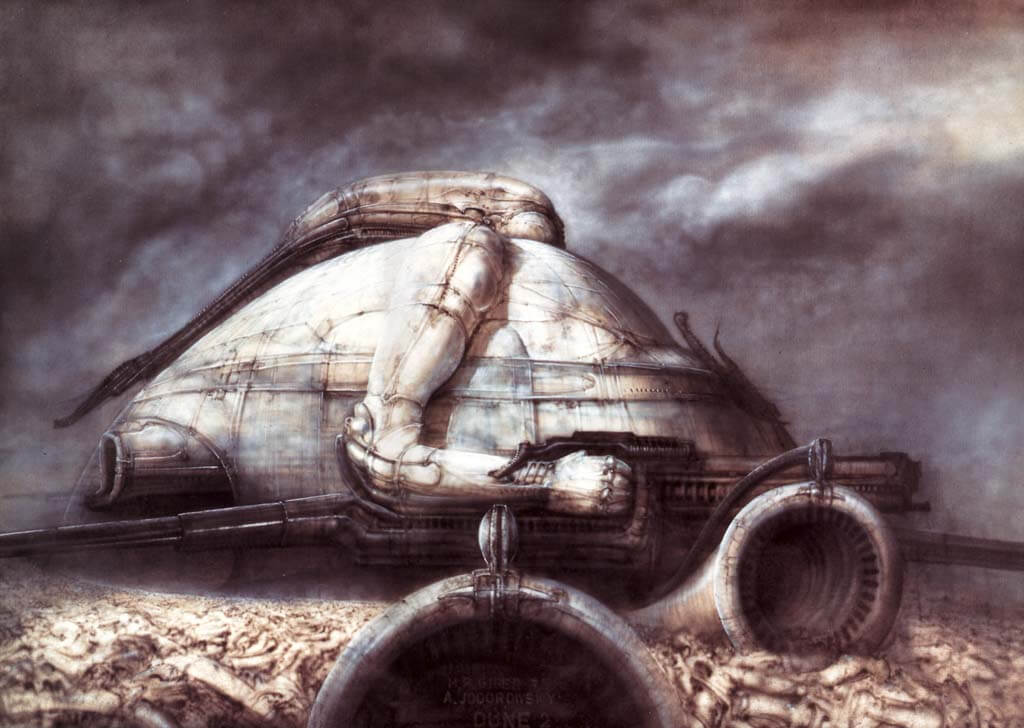
During the film, Moebius’ drawings come to life, and we witness animations of several scenes sketched in the notebook. Archival photos, costume designs, characters, and the stunning design of the Harkonnen castle by Giger are demonstrated. Jodorowsky speaks about this project with such passion that one would want to turn back time and find the few million dollars needed to make Jodorowsky’s Dune. It’s truly an incredible story told by extraordinary people.
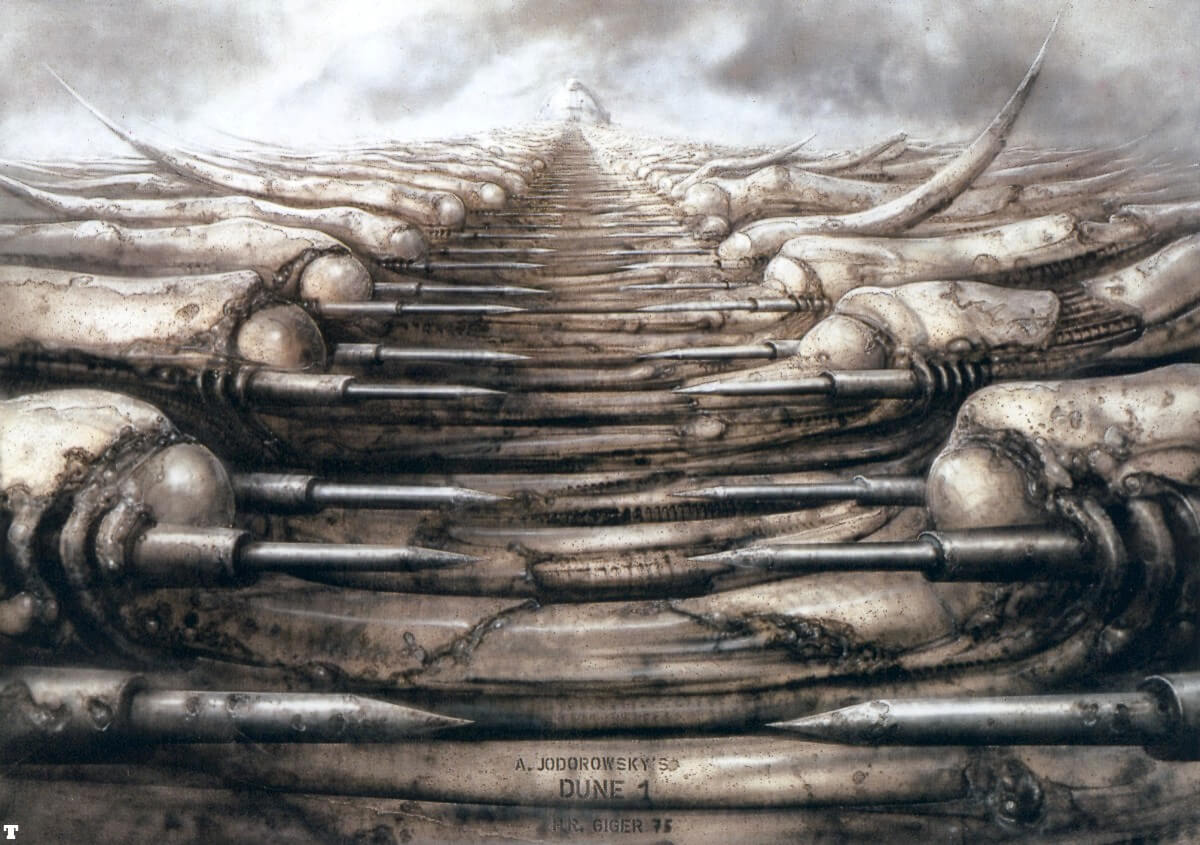
Jodorowsky’s Dune is simply excellent. The audience erupted into applause and ovations literally every few minutes. Applause didn’t subside for a good five minutes after the screening. If there is even one reason why Jodorowsky’s Dune should not have been made, it is the fact that without its production, this documentary would not have been made. An absolute gem.

